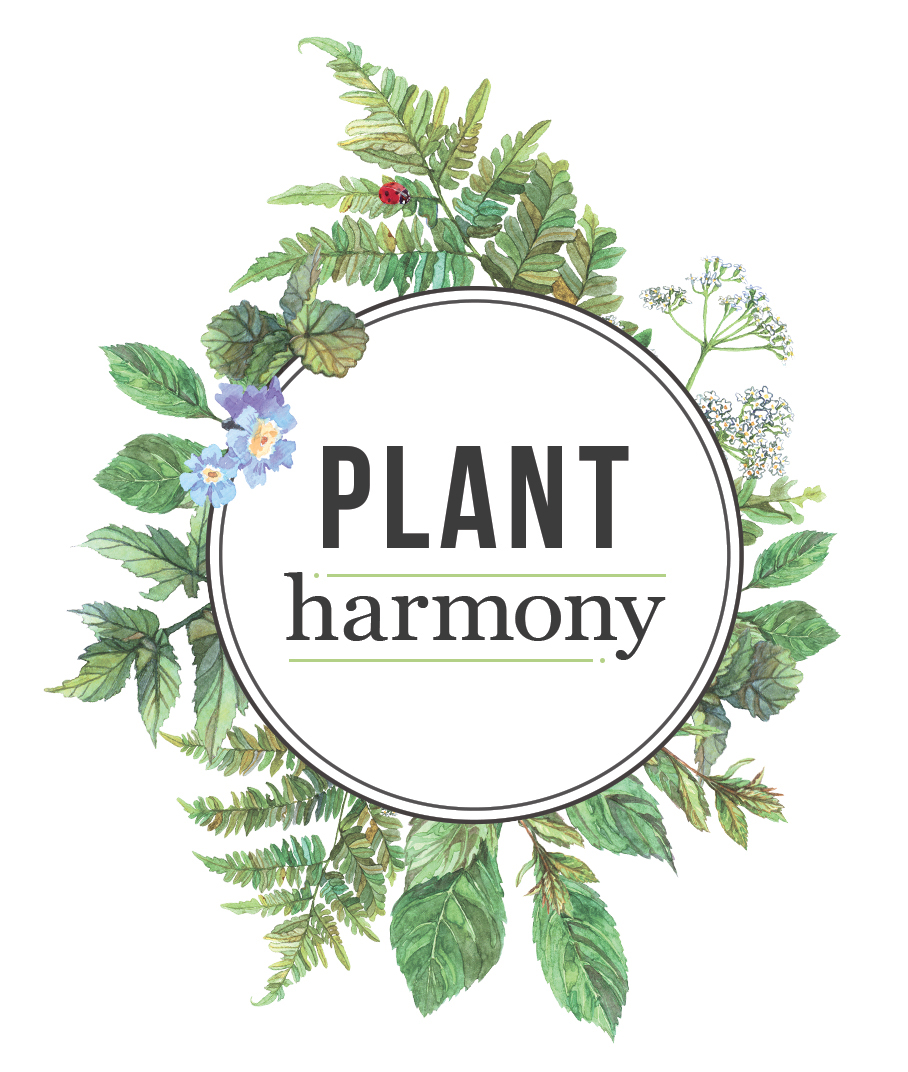Springtime Tips for Growing Healthy Roses With Fewer Pests
ORIGINALLY FROM MARCH 2022, UPDATED MARCH 2025
I love seeing roses arrive at my local garden centers. Their newly emerging, deeply colored leaves are a true sign that spring is here!
If you love them as much as I do, I have some tried-and-true tips for growing healthy roses. But since plants attract pests, you might be tempted to use toxic chemical solutions to keep them away. I want to show you a more sustainable approach that prioritizes long-term garden health and minimizes harmful environmental impacts.
Growing a Thriving Rose Garden
A healthy, bountiful garden starts from the ground up. Growing roses is no different.
Healthy soil is the foundation of good pest management. A healthy root system helps plants recover from pest damage, which is why we start there. This is why I believe that pests don’t have to be a problem. We need beneficial insects in manageable numbers for the larger garden ecosystem to thrive, so it’s important to cultivate resilient plants (and increase your own resilience as a gardener!).
The next layer involves nutrition. Pay attention to what you feed your roses – stick to organic, nutrient-dense, and mineral-rich options for the best results.
The last step is to survey the broader ecosystem. Are your roses planted next to companion plants? Does your garden layout meet your plants’ needs? Can you tolerate beneficial insects while managing your pest population?
When you plant intentionally, holistically, and sustainably, you can enjoy the thriving rose garden of your dreams without major pest problems.
7 Pest Management Tips for Your Rose Garden This Spring
Beautiful, healthy roses look just as good to you as to pests like aphids, black spot, and rust. Starting with your garden’s soil health, let’s dig into a few tips to reduce the common pests that roses face.
1. Amend the soil with compost
You know the old saying, “A $10 plant in a $50 hole?” It’s the concept that the more time and effort we put into amending the soil with compost – AKA soil amendment or planting mix – the healthier and happier our root system will be. By improving the health of the soil, you can reduce pests in your rose garden.
Healthy roots = a healthy plant = less pest problems
2. Add worm casting
Another way to reduce pests is by adding worm casting. By mixing this into the soil, worm casting:
Contains an abundance of nutrients and minerals essential for your rose plants
Contains important enzymes, beneficial bacteria, and humus that assist with increased root growth and plant structure
Are highly effective in preventing insect pests and inhibiting diseases
3. When you fertilize your roses, use organic fertilizers
March and April are the perfect times to fertilize your rose garden. But don’t use just any old product to keep pests at bay.
When you opt for organic fertilizers, you feed the soil microbes and increase the nutrition available for the plant roots. Feeding organically prevents unnatural growth spurts or flushes of new growth that attract pests. Since your garden is part of a much larger ecosystem, another benefit of opting for organic is that it won't run off into your local waterways.
4. Feed roses throughout the growing season
Now that you know the benefits of organic fertilizers, do you want to use dry or liquid?
My recommendation is both! Dry fertilizer applied in late winter, around the time of pruning (January to February), sets your plants up for success. Liquid fertilizer applied monthly throughout the growing season (April to August or September) helps your roses thrive.
The main advantage of organic liquid fertilizers is ease of use. Simply mix with water in a watering can according to the label..
5. Include alfalfa meal in your feeding schedule
Adding alfalfa meal when you feed supercharges your plants, especially roses.
Alfalfa meal improves the tilth of your soil and contains a natural fatty-acid growth stimulant called triacontanol that bolsters the overall health of your plant. These are all good things that keep pests from damaging your beautiful bouquets.
6. Don’t forget Azomite
Another organic option to help prevent plant damage is azomite. Azomite is a natural mineral that improves root systems, crop yields, and overall plant vigor. For roses, this means strong, tall rose stems without bud droop.
If it sounds like a miracle mineral, that’s because it kind of is!
7. Plant sweet alyssum close to roses and other plants
A syrphid fly larva enjoying a few aphids on this rose stem.
Sweet alyssum is a non-stop, flowering powerhouse. It's a beneficial insect magnet and a syrphid fly favorite.
Why does this matter? When syrphid flies have nectar or pollen to enjoy and see plants like roses with aphids, they lay their eggs near the aphids so their larvae can enjoy a feast once they hatch. It's always fun to discover syrphid fly larvae on my rose buds and other aphid-infested plants this time of year.
An important note: Sweet alyssum is listed as an invasive plant in California. It easily reseeds and is known to spread beyond its boundaries. If you decide to introduce sweet alyssum to your garden, be mindful to keep it where it's intended to be.
Ways We Can Grow Together
While it’s tempting to manage pests with toxic chemicals that work quickly, the result is damage to more than the pests. With a little patience and sustainable gardening practices, you can grow healthy, bountiful roses without sacrificing your garden’s long-term health.
A beautiful rose garden is within your reach🌹
If you have additional questions about eco-friendly pest management, please send me an email. Especially right now, as peak pest season quickly approaches!

